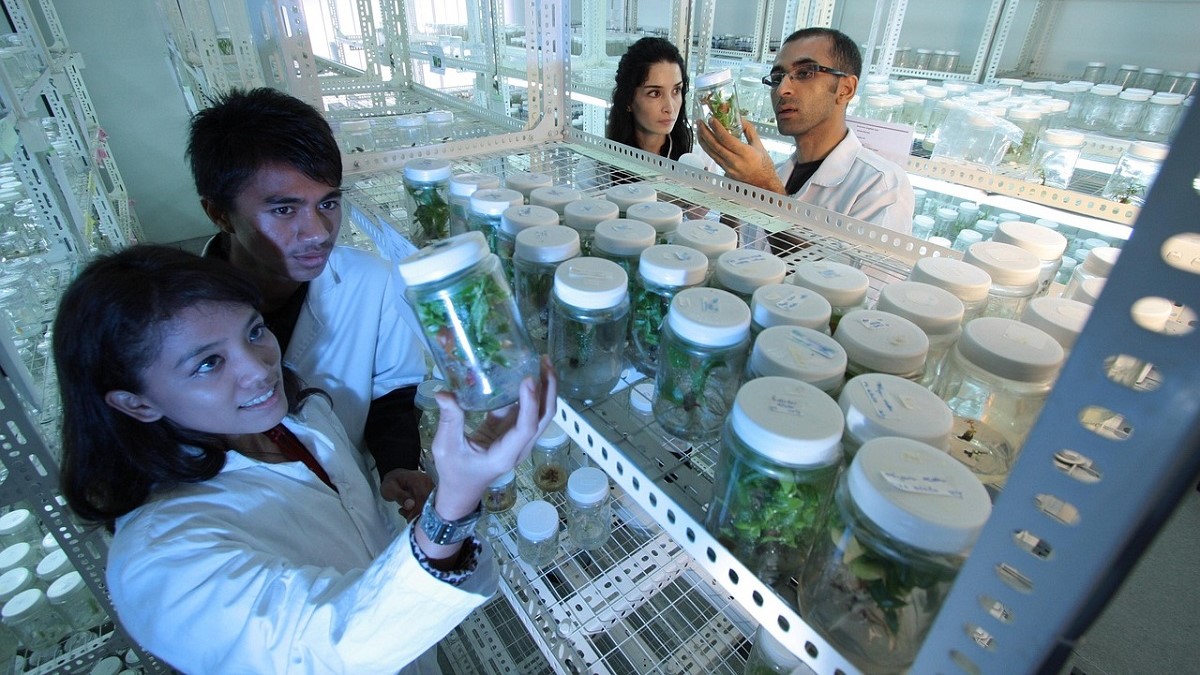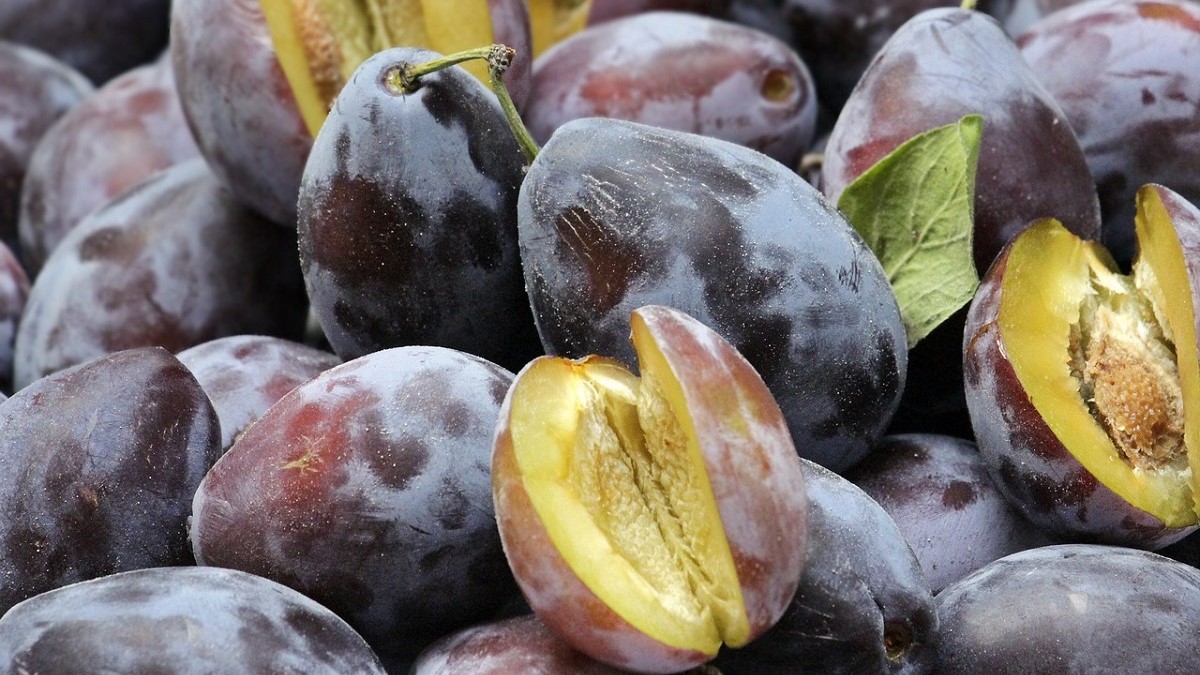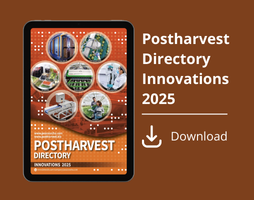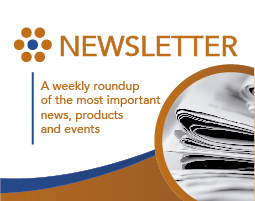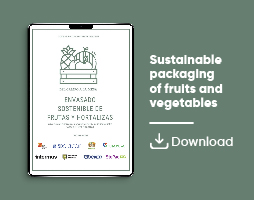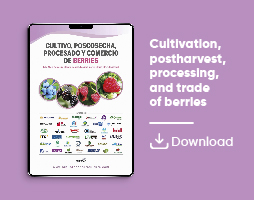Actualidad
Modern techniques for the detection of postharvest diseases
Abdelhak Rhoua explains tools such as molecular diagnostics, spectroscopy and hyperspectral imaging, AI and machine learning allow the early detection of postharvest diseases
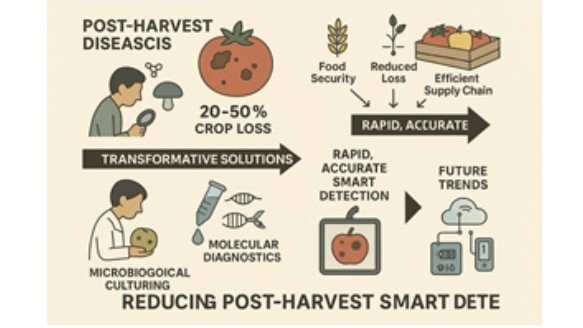
Redaccion
Post-harvest diseases are a major contributor to global food losses, accounting for 20-50% of perishable crops, thereby threatening food security and economic stability.
Traditional disease detection methods, such as visual inspection and microbiological culturing, are often slow, subjective, and lack the sensitivity needed for early pathogen identification.
Recent advancements in biotechnology and computational analytics have introduced transformative solutions, including molecular diagnostics, spectroscopic techniques, and artificial intelligence-powered imaging systems.
Molecular methods such as polymerase chain reaction, loop-mediated isothermal amplification, and CRISPR-based assays enable rapid and precise pathogen detection at the genetic level.
Meanwhile, non-destructive technologies like near-infrared spectroscopy and hyperspectral imaging capture biochemical and morphological changes in produce, allowing for real-time monitoring.
AI and machine learning further enhance these approaches by automating disease recognition through deep learning models such as convolutional neural networks, improving accuracy and scalability.
This review comprehensively examines these innovations, discussing their principles, applications, advantages, and current limitations.
Additionally, it explores future trends, including the integration of multi-modal detection systems and edge computing for on-site diagnostics. By leveraging these cutting-edge technologies, the agricultural sector can significantly reduce post-harvest losses, enhance food safety, and optimize supply chain efficiency.
Introduction
Food security remains a critical global challenge, with post-harvest losses due to microbial spoilage, fungal infections, and physiological deterioration accounting for an estimated 20–50% of perishable crops worldwide (Taha et al., 2025).
These losses not only reduce the availability of nutritious food but also contribute to significant economic waste, particularly in developing regions where storage and transportation infrastructure are inadequate. The primary culprits of post-harvest decay include fungal pathogens such as Botrytis cinerea, Penicillium expansum, and Aspergillus flavus, as well as bacterial and viral agents that thrive in storage conditions (González-Rodríguez et al., 2024).
Traditional methods for detecting these pathogens—such as visual inspection, culturing on selective media, and biochemical assays—are often labor-intensive, time-consuming, and limited in sensitivity.
Moreover, these techniques frequently fail to identify infections at early stages when interventions could still mitigate damage (Petcu et al., 2024).
The growing demand for sustainable food systems has driven the development of innovative diagnostic tools that offer rapid, accurate, and non-destructive detection of post-harvest diseases.
Among these, molecular diagnostics—including polymerase chain reaction, quantitative PCR, loop-mediated isothermal amplification, and CRISPR-based systems—have revolutionized pathogen identification by enabling high-throughput, species-specific detection at the genomic level (Yuan et al., 2022; Mellikeche et al., 2024; Vo and Trinh, 2025).
These methods significantly reduce diagnostic time while improving precision compared to conventional techniques (Hasanaliyeva et al., 2022).
Parallel advancements in optical sensing technologies, such as near-infrared spectroscopy and hyperspectral imaging, allow for real-time, non-invasive monitoring of produce by detecting subtle biochemical and structural changes associated with disease (Zhang et al., 2019).
Perhaps the most transformative development in recent years has been the integration of artificial intelligence and machine learning into post-harvest disease detection (Yan et al., 2023).
Deep learning algorithms, particularly convolutional neural networks, can analyze vast datasets from imaging and spectral sensors to classify disease symptoms with high accuracy (Nikzadfar et al., 2024).
AI-powered systems are increasingly being deployed in smart storage facilities, where they combine environmental data (e.g., temperature, humidity) with real-time imaging to predict and prevent outbreaks (Botero-Valencia et al., 2025).
Despite these advancements, challenges remain in making these technologies accessible to small-scale farmers and integrating them into existing supply chains (Ali et al., 2025).
This review explores the evolution of post-harvest disease detection, from foundational molecular techniques to next-generation AI-driven solutions, while addressing current limitations and future opportunities for reducing global food waste.
Contents
Molecular diagnostics in post-harvest disease detection
- Molecular diagnostics in post-harvest disease detection
- Polymerase Chain Reaction (PCR) and Quantitative PCR (qPCR)
- Loop-Mediated Isothermal Amplification (LAMP)
- CRISPR-Based Detection
- Synthesis and Future Directions
Spectroscopy and hyperspectral imaging in post-harvest disease detection
- Near-Infrared (NIR) and Raman Spectroscopy
- Hyperspectral Imaging (HSI)
- Implementation Challenges and Future Outlook
AI and machine learning in post-harvest disease detection
- Deep Learning for Image Analysis
- IoT and Smart Sensors
- Implementation Challenges and Future Directions
Challenges and future perspectives in post-harvest disease detection technologies
Conclusions
Post-harvest diseases remain a formidable challenge to global food security, contributing to substantial economic losses and decreased nutritional availability, particularly in developing regions where storage infrastructure is limited. However, the past decade has witnessed remarkable advancements in detection technologies that are transforming how we identify and manage post-harvest pathogens.
Molecular diagnostics, including PCR, LAMP, and CRISPR-based systems, have enabled rapid, sensitive, and specific pathogen detection at the genetic level, overcoming many limitations of traditional culturing methods.
Meanwhile, spectroscopic techniques such as NIR and hyperspectral imaging provide non-destructive, real-time monitoring of biochemical changes in produce, facilitating early disease identification before visible symptoms appear.
The integration of artificial intelligence and machine learning has further enhanced these approaches, automating disease recognition through deep learning models and enabling predictive analytics via IoT-enabled smart storage systems.
These innovations collectively represent a paradigm shift from reactive to proactive post-harvest management, with the potential to significantly reduce food waste and improve supply chain efficiency.
Despite these advancements, challenges remain in making these technologies universally accessible, particularly for smallholder farmers and low-resource settings. Issues such as high costs, technical complexity, and the need for crop-specific calibration must be addressed to ensure equitable adoption.
Future research should focus on developing affordable, user-friendly devices that combine multiple detection modalities—such as molecular assays with spectral imaging—while leveraging edge computing for real-time decision-making in the field.
Additionally, the creation of open-access databases for pathogen signatures and standardized protocols will be crucial for widespread implementation.
As these technologies mature, their integration with blockchain for traceability and digital agriculture platforms for holistic farm-to-table quality control will further enhance their impact.
The continued collaboration between researchers, industry stakeholders, and policymakers will be essential to translate these innovations into practical solutions that benefit the entire food supply chain.
By harnessing the power of modern diagnostics, AI-driven analytics, and smart storage technologies, the agricultural sector can move closer to achieving sustainable food systems with minimized post-harvest losses, ensuring food security for future generations.
Ultimately, the fight against post-harvest diseases is not just a technological challenge but a global imperative. The innovations discussed in this review—from portable molecular tools to AI-powered imaging systems—demonstrate that solutions are within reach.
With concerted effort and investment, these cutting-edge technologies can be scaled to create a transformative impact, reducing waste, improving food safety, and securing the global food supply in an era of climate uncertainty and growing population demands.
The future of post-harvest management lies in smart, precise, and accessible detection systems, and the progress made thus far provides a strong foundation for the road ahead.
Source
Innovations in post-harvest disease detection: From molecular diagnostics to AI-based imaging
Abdelhak Rhoua
Moroccan Journal of Agricultural Sciences, Vol 6 No 2 (2025): (June 2025)
https://www.agromaroc.net/index.php/MJAS/article/view/1079
DOI: 10.5281/zenodo.15433446


